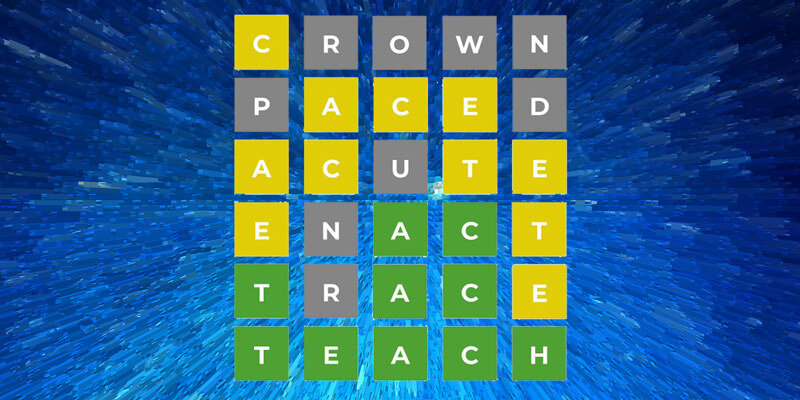Category: Software Engineering

Earned Value
Tracking project progress isn’t as simple as you would think. Common questions often include, “are we there yet?”, “are we going to end over budget?”, and “are we going to end past the schedule?” These questions keep people up at night. And the answer, “we’ll be done when we are done,” usually doesn’t fly. Earned…
Read more…

Pulling Calendar Items Using Swift
In a previous blog post, I took you through how to pull contacts from iOS or Mac. In this post, I will show you how to pull calendar items. This turns out to be very similar to pulling contacts. First, we must request access to the calendar. As part of requesting access, we must create…
Read more…

Cross-Origin Resource Sharing (CORS) Basics
This post is intended to give you a swift kick from behind into a pool of CORS, without taking all day to do so, and without digging into any specific technologies. With that said, let’s learn to swim. What is CORS? From Mozilla: “Cross-Origin Resource Sharing (CORS) is an HTTP-header based mechanism that allows…
Read more…

Twilio Verify
The Twilio Verify API allows us to verify users while not requiring them to enter (or remember) a password. This is a huge benefit for many systems. Having fewer passwords is better. Twilio Verify is extremely easy to set up. First, you must have a Twilio account. This is pretty straightforward. Once you have an…
Read more…

Top to (More) Bottom with Angular and .NET Core
Our previous activities got us an Angular application making an HTTP call to a .NET Core backend to retrieve a shopping list. In this activity, we will extend our .NET backend to use SQL Server. First, let’s create a Shopping database. Next, we need to create a ShoppingListItems table. Now that we have a database…
Read more…

SQL Server Single-User Mode
Sometimes you can’t get into SQL Server. Maybe you forgot a password, or something got misconfigured. You are locked out. What to do when this happens? My go-to is putting SQL Server in Single-User Mode. Doing this is pretty straightforward. First, open a command shell in administrator mode. Then stop the SQL Server Service. net…
Read more…

Designing for On-Prem
We all build everything for the cloud, right? Sometimes we get very focused on a small world, often believing that all software is some cloud-focused startup. But that isn’t accurate. Much of software development isn’t geared toward the cloud; it is geared to on-premises hosting (on-prem for short). Probably one of the big differences between…
Read more…

Automating Wordle with Cypress and GitHub Actions
Like many of you, I was introduced to the Wordle craze a few weeks ago by a peer who thought I was too focused on “actual work”. Naturally, I dropped everything to try this new game and then passed a link to the game around to my friends and family like a cursed videotape. It…
Read more…

Primitiveness
“Sufficiency, completeness, and primitiveness – Achieving sufficiency and completeness means ensuring that a software component captures all the important characteristics of an abstraction and nothing more. Primitive- ness means the design should be based on patterns that are easy to implement.” – SWEBOK V3.0, Guide to the Software Engineering Body of Knowledge Primitiveness is a…
Read more…

JavaScript Events: An Introduction
Yes, JavaScript Events. Without them, the world wide web would be a dystopian wasteland of static HTML. Without them, we’d still be relying on blink and marquee tags to jazz up our LiveJournals. Fortunately, this is not the case. The modern web runs on JavaScript, and JavaScript is driven by events. But what does it…
Read more…